The brief Finnish history for lazy people
Disclaimer: This article contains a neutral and unbiased listing of the main basic political and historical events from Finland’s past. The article is unsuitable for sensitive readers who have never heard of an economic recession or world wars. Before reading this article, consult with your doctor or pharmacist.
The history of Finland begins around 9,000 BCE during the end of the last glacial period. Starting about that time, people migrated to Finland from the south and southeast. It was long believed that Finno-Ugric languages were first spoken in Finland and the adjacent areas during around 4000 BCE at the latest. The Finnish Bronze Age started approximately 1500 BCE, and the Iron Age began in 500 BCE and lasted until 1300 AD.
The population of Finland in the XII century was around 20-40 thousand. Until then, land here was a political vacuum, though interesting to both its western neighbor Sweden and the Catholic Church and Eastern neighbor Novgorod and its Greek Orthodox Church. During the next century, Finland was integrated into medieval European civilization.

Sweden came out on top, as the peace treaty 1323 between Sweden and Novgorod assigned only eastern Finland to Novgorod. Finland’s western and southern parts were tied to Sweden. From the end of XIII until the middle of the XVI centuries, Swedish parts of Finland has been a part of Kalmar Union.
During the period of great power, Sweden extended its realm around the Baltic Sea and pushed the Finnish border further east as well. With the consolidation of the administration in Stockholm, uniform Swedish rule was extended to Finland in the XVII century.
When Sweden lost its position as a great power in the early XVIII century, Russian pressure on Finland increased, and Russia conquered Finland in the 1808–1809 war with Sweden. Finland remained a Grand Duchy of Finland in the Russian Empire, with the czar as Grand Duke. Finland’s highest governing body was the Senate, whose members were Finns.

In contrast to serfdom in other countries, the Finnish peasant was typically a freeholder who owned and controlled his small plot of land. There was no serfdom in which peasants were permanently attached to specific grounds and were ruled by the land owners.
The Finnish national movement gained momentum during the Russian period. The Finnish national epic, the Kalevala, created by Elias Lönnrot, was published in 1835. In April 1892, Jean Sibelius presented his new symphony, Kullervo. It featured poetry from the Kalevala and was celebrated by critics as truly Finnish music.

The first parliamentary elections were held in Finland in 1907. They were the first parliamentary election in which members were elected to the new Parliament of Finland by universal suffrage and the first in the world in which female members voted and were elected.
The autonomous Grand Duchy of Finland stayed out of the First World War. No Finnish troops were conscripted.

During the October Revolution in the Russian Empire, the Bolsheviks declared a general right of self-determination, including the right of complete secession. Finland declared its full independence on December 6, 1917. From January to May 1918, Finland experienced the brief but bitter Finnish Civil War.
After the Civil War, the parliament voted to establish a constitutional monarchy called the Kingdom of Finland, with the German prince as king. However, Germany’s defeat in WWI made the plan impossible. Finland instead became a republic in the summer of 1919. Finland made remarkable political, social, and economic progress during the interwar. The democratic institutions grew stronger, and the country worked hard to unify people.

In October 1939, the Soviet Union demanded placing military bases on Finnish soil, but the Finns refused these requests. The Soviet Union invaded Finland on 30 November 1939, launching the Winter War to annex Finland into the Soviet Union. Finland had successfully defended its independence but ceded some territories to the Soviet Union. Hostilities resumed in June 1941 with the start of the Continuation War. The armistice was signed between Finland and the Soviet Union in 1944, ending the Continuation War. The armistice called for the expulsion of German troops residing in northern Finland, leading to the Lapland War. Peace finally came to Finland on 27 April 1945.

Finland retained a democratic constitution and free economy during the Cold War era. In 1952, Finland and the countries of the Nordic Council entered into a passport union, and Finland fully joined the council in 1955. The Finnish economy rose remarkably from the ashes of WWII, resulting in the buildup of a Nordic-style welfare state. Finland has turned from an agrarian society into one of the most technologically advanced countries in the world, with a sophisticated market economy and a high standard of living. However, from 1991 to 1993, Finland experienced depression due to economic overheating.
In 1995, Finland joined the European Union with Austria and Sweden. Finland joined the Eurozone in 1999.

Finland joined NATO in the year 2023. As the Finnish army is one of the most significant powers in the region, there is an ongoing joke that NATO joined Finland.
According to Finnish statistics, in December 2023, Finland’s population was 5,6 million. Approximately 87% of Finns speak Finnish as their native language, and around 5% of Finns speak Swedish as their native language. There are about 2000 speakers of the Sami languages. About 8,9% of the population of Finland are immigrants.
